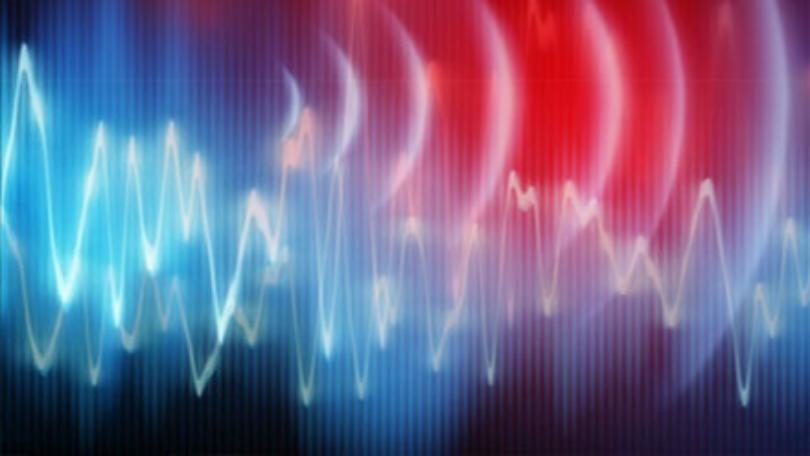Between 9:25 and 9:30 a.m. Thursday, people as far north as Forked River, as west as Hammonton and south as Sea Isle City reported a loud boom and shake. The noise was described as a noisy truck going by, with something falling out of it.
My house was shaking in Hammonton, about 3 shakes over 5-7 seconds — Frank Intessimoni (@SJmedic911) February 27, 2020Winds were very strong, getting up into the 50s in spots. However, winds would only caused localized reports.
"At first when you feel the rattling and the wind is a factor, then the you first consider a strong wind. But when the phone calls begin coming in across a wide area then you check to see if it is seismic. In this case it wasn't. So now you are left with something unknown. But given the frequency of the shaking not being associated with winds or seismic activity, you then consider a sonic boom," said Jim Eberwine, Absecon Emergency Management Coordinator.
Patrick Gordon, part of the Naval Air Station Patuxent River Public Affairs in Maryland Public Affairs, said Wednesday said that no flights originated from the facility in the area of New Jersey during this time. A call to the 177th Fighter Wing at Atlantic City International Airport said that no flight had been out for the time at the time of the boom.
Sonic booms are nothing new to South Jersey. On Jan. 4, 2017, a sonic boom, casued by an aircraft of the coast, caused rattlings. A few weeks earlier, on Dec. 2, 2016, tremors were felt from an F-35 Joint Strike Fighter during the afternoon.
"New Jersey sits in a 'favorable' spot... to hear sonic booms because just offshore there are areas where the military conduct maneuvers. It's not unusual for folks to hear the boom farther inland because it is a matter of atmospheric conditions and the flight level the aircraft is flying," said Eberwine.
Winds around the 500 millibar level, around 18,000 feet, were howling around 115 mph. This causes sound waves from southern locations to quickly travel to the region. However, that alone does that not explain the story. Otherwise, every time there was a sonic boom miles and miles away, it would be heard in South Jersey.
Sound waves typically travel upward in the atmosphere under 'standard atmospheric conditions', this means a decrease in temperatures with height. However, there were increases in temperatures with height in the mid-levels of the atmospheric. This acts as a wall - sound waves trying to escape upward will be bounced back toward the surface.
"If an aircraft is flying at higher altitudes the wave can carry inland for some distances and on occasion has, as far west as Hammonton which has often reported rattled windows," Eberwine said.




Reader Comments
I would suppose it is created by solar winds (EM) that hit ionized particles or layers in the atmosphere.
Mystery solved.